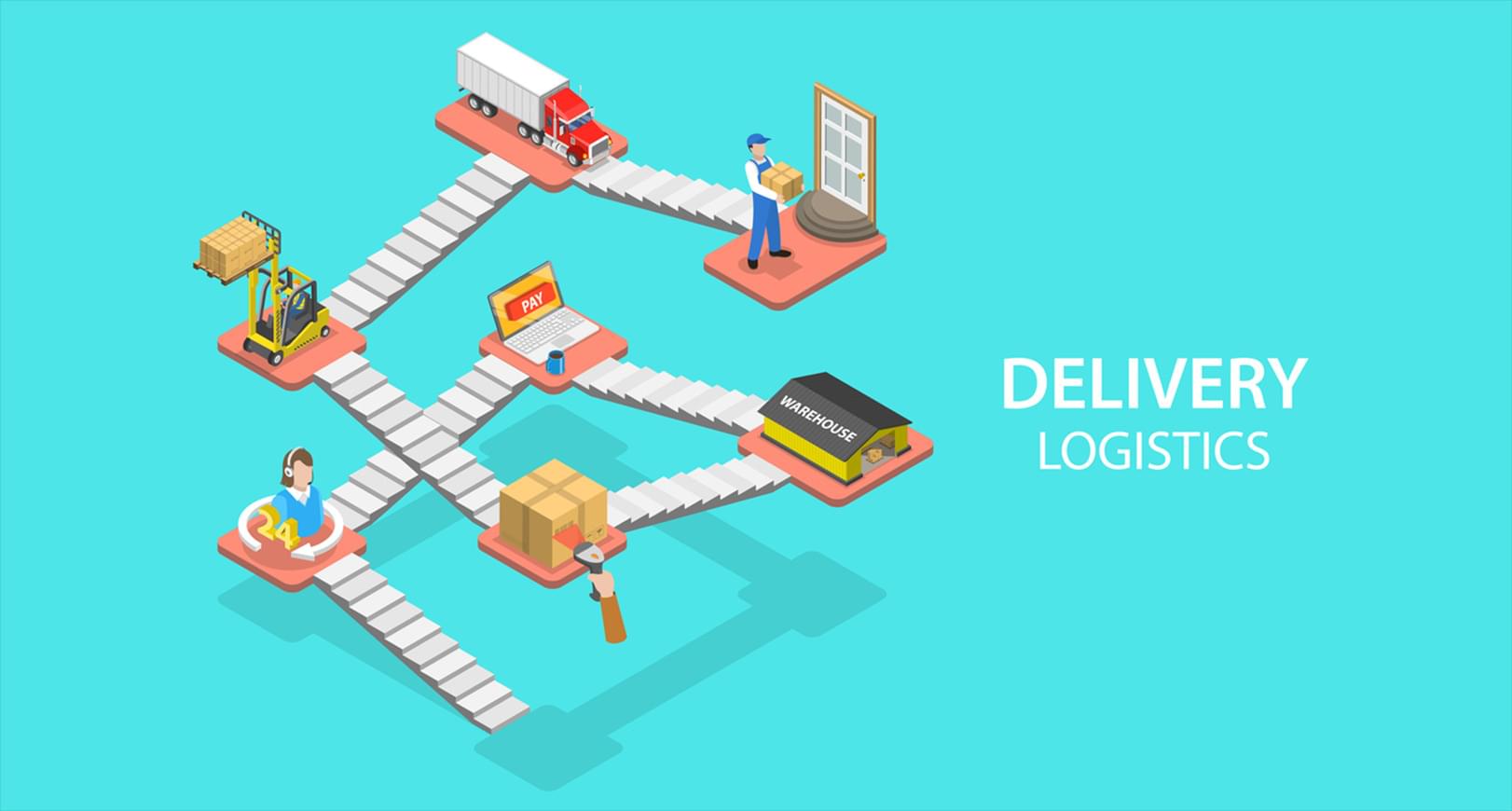Sep 26, 2020 by Mark Dingley

COVID-19 has shaken up supply chains around the world. Border restrictions and lockdown measures have caused an unprecedented impact on trade and supply chains both within Australia and globally.
But amongst all the chaos, there may be a silver lining.
The pandemic could be the event that forces many Australian companies and entire industries to rethink and transform their supply chain model to create a more resilient supply chain in the long-term.
In fact, a recent BCG global survey found that 43% of companies plan to make permanent changes to their supply chain structures because of COVID-19.
And who can blame them? McKinsey reports that, averaging across industries, companies can now expect supply chain disruptions lasting a month or longer to occur every 3.7 years, and the most severe events take a major financial toll.
So, how can Australian manufacturers achieve a more resilient supply chain? What actions should they take?
Greater collaboration and digital adoption will be essential in driving an agile and adaptive supply chain, which can pivot and transform as needed.
There are tools that Australian manufacturers can put in place to achieve this – we’ll talk about them in just a moment – but the important point is this:
Supply chain members will need to collaborate in order to reach the full potential of the tools and technologies to capture, analyse and use data to inform real-time and predictive decision making across supply chains.
“A resilient supply chain balances risk and costs to prevent or recover quickly from a multitude of dynamic and simultaneous risk-related disruptions.” Deloitte
Resilient supply chains are characterised by four pillars: visibility, flexibility, collaboration, and control.

Traceability addresses the “visibility” and “control” pillars of a resilient supply chain. Supply chain traceability is the process of tracking the provenance and journey of products and all their inputs, from the start of the supply chain to end-use.
When we talk about traceability solutions, we are referring to:
The AgriFood Supply Chain Resilience report by KPMG and Food Agility recently identified the importance of traceability solutions for a more resilient supply chain, but it’s not a new concept.
There are lots of ways to use traceability technologies help address food fraud and food safety issues:
Watch how Campbells Winery used coding and marking to improve wine traceability.
Automation technologies address the “control” and “flexibility” pillars of a resilient supply chain.
Incorporating automated processing machinery into factory operations and logistics improves efficiency, which has implications to the bottom line of manufacturers and producers. It can also reduce reliance on human labour, which helps make a more adaptable and efficient manufacturer. (See how Frozen Sunshine used a Continuous Inkjet solution to automatically print the date code onto packaging, rather than relying on manual labelling.)
Automation can also give manufacturers the ability to produce multiple products from a single manufacturing line. In the case of COVID-19, this made it easier for some manufacturers to pivot and make alternative products.
Another way in which automation helps create a resilient supply chain is by capturing data that can flag problems and identify improvement opportunities. For example, digital diagnostic capabilities allow for real-time monitoring of equipment, which helps lower cost by reducing downtime and wasteful maintenance practices.
During the Covid-19 pandemic, manufacturers have demanded greater visibility into the supply chains of their suppliers, and this is worth continuing to pursue in a post-COVID environment. Access to end-to-end supply chain inventory data and supplier capacity constraints helps members of the supply chain understand the risks and opportunities, and adapt accordingly.
This forms the collaboration pillar.
Cloud-based and collaborative tools can enhance information sharing along the supply chain, which improves the quality and speed of decision making within a company and with suppliers and other external partners, in a secure environment.
This could mean adopting analytics tools and real-time data mapping across climate, domestic and international production, consumption and price data. Collecting and analysing this type of information will allow predictive monitoring and forecasting, enable strategic decision making and help manufacturers and their customers better align supply with demand.
This is particularly important for certain sectors, like the wine industry. The recent AgriFood Supply Chain Resilience report suggested that “end-to-end supply chain optimisation and capacity planning will improve resilience and the ability of supply chain nodes to cope with over supply, achieve premiums and avoid down-selling.”
The common management saying is to "never let a good crisis go to waste." If COVID-19 has taught us anything, it’s that we cannot afford to rest on our laurels. A resilient supply chain is one element that businesses can tackle now.
Ready to make your supply chain more resilient? Speak to our experts about which digital technology solutions will work for you.